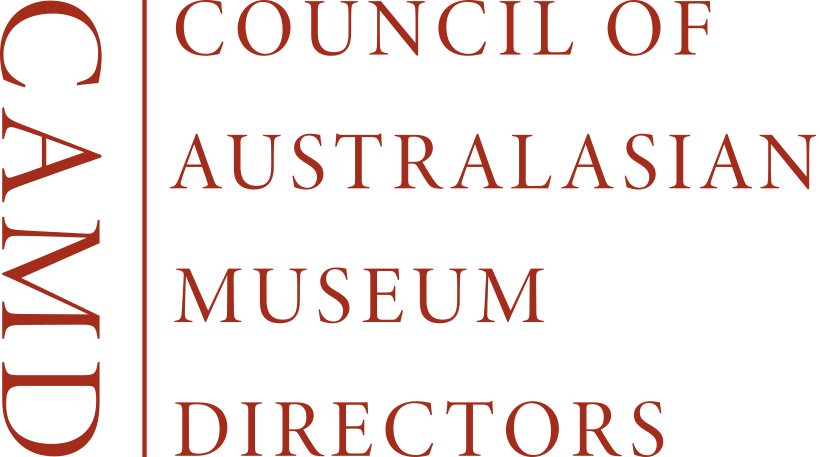Earlier this month, the Australian Government released the long-awaited report of the Australian Law Reform Commission (ALRC) on Copyright and the Digital Economy.
The ALRC review team appears to have taken note of the submissions and advice provided by CAMD and other cultural institutions and organisations during the review process. In particular, the ALRC comes down heavily in favour of reforming the existing copyright laws in ways which will assist cultural institutions to provide more streamlined access to their collections and meet the changing demands of the digital era.
The main recommendations in the report are to:
• replace many of the current ‘purpose based’ copyright exceptions with a flexible ‘fair use’ exception. ‘Library and archive use’ (which is held to cover museums and galleries) is used as an illustrative purpose for ‘fair use’
• reform and clarify specific copyright exceptions for government, judicial and library use (including preservation copying and document supply)
• simplify statutory licences for education and government
• limit remedies for the use of orphan works provided a diligent search has been carried out
• look further at internet retransmission and broadcasting when developing media and communications policy; and
• prevent contracting out in relation to preservation copying and document supply exceptions.
Fair Use exception
The pivotal recommendation of the report is for the introduction of a flexible, ‘fair use’ exception to Australian copyright law which the ALRC argues will promote public interest and transformative uses while protecting the rights holders’ market. It would replace most but not all of the existing exceptions in the current legislation.
The ALRC argues that to decide whether a particular use of copyright material is fair, a number of ‘fairness factors’ must be considered which include the:
• purpose and character of the use
• nature of the copyright material
• amount and substantiality of the part used; and
• the effect of the use upon the potential market for, or value of, the copyright material.
A list of non-exhaustive illustrative purposes of ‘fair use’ would also be provided including: research or study; criticism or review; parody or satire; reporting news; professional advice; quotation; non-commercial private use; incidental or technical use; library or archive use; education; and access for people with disability.
Minister’s response
The Attorney-General and Minister for the Arts, Senator George Brandis, provided an initial response to the ALRC report in his speech to a recent Australian Digital Alliance Forum. Senator Brandis is apparently as yet unconvinced that the advent of the internet has changed the fundamental principles underlying copyright ie to protect creator’s rights. He acknowledged in his speech that there was a need for copyright law to be ‘technology neutral’ and ‘shorter, simpler and easier to use and understand” but he remains unpersuaded that a ‘fair use’ reform is required.
Fall-back Position
Possibly anticipating this response, the ALRC report has also suggested a fall-back position should ‘fair use’ not be enacted. This would involve a ‘new fair dealing’ exception that consolidates the existing ‘fair dealing’ exceptions and provides that ‘fair dealings’ for certain new purposes do not infringe copyright.
The drawback of this approach is that the situations in which it might apply would be prescribed by a series of legislated purposes which may be insufficiently flexible and slow to adapt to new uses and technological change.
Orphan Works
CAMD was joined by a wide range of cultural institutions in raising the problems currently associated with digitising orphan works in collections under the current copyright regime. The ALRC acknowledged that a wealth of material in collections is currently neglected and hidden from researchers because the owners of the relevant rights cannot be found. To encourage the use of these ‘orphan works’ the ALRC recommends that the remedies available for copyright infringement be limited where a reasonably diligent search for the rights holder has been made and, where possible, the work has been attributed to the author.
Preservation Copying
The ALRC report recommends that ‘libraries and archives’ be able to use material for preservation purposes and that all restrictions as to number of copies and format be removed. It also recommended the removal of the requirement that preservation could only occur if a copy of the work was not commercially available. Importantly, the preservation exception applies only to the activities needed to preserve a work – providing access to the work would have to be considered under ‘fair use’ or licence conditions.
Statutory Licences
The ALRC report recommends retaining the statutory licences (despite calls for repeal from the education sector and some Government bodies). It expects that the introduction of ‘fair use’, and new exceptions for Government use ‘should address many of the criticisms of the statutory licences’.
Educational institutions, Government and organisations assisting the blind should be able to rely on exceptions in the same way as others; uses that fall under one of the exceptions should not be counted as remunerable uses under the licence.
Additionally, the report suggests streamlining the licences, making them less rigid and prescriptive. The terms of the licence should be agreed on by the parties, not prescribed in legislation.
These recommendations would reduce the administrative burden for organisations, level the playing-field for educational institutions competing in the global marketplace and remove the disincentives against using digital technologies inherent in the current licence structure.
Contracting Out
Finally, the ALRC report recommends that contractual terms that restrict or prevent acts allowable under the library and archive exceptions (preservation copying and document supply) should be unenforceable. They also recommend limits to contracting out to ‘fair dealing’ exceptions, but not to ‘fair use’ should it be adopted.
Symposium
The Australian Copyright Council will hold a symposium on Copyright on March 13-14 2014 at the Australian National Maritime Museum. Registrations can be made at Symposium.
Meredith Foley
CAMD Executive Officer
26 February 2014
Further reading:
Australian Digital Alliance, ‘Australian Culture needs Copyright Reform’,media statement, 24 Feb 2014
Australian Legal Reform Commission, ‘Copyright and the Digital Economy’, (ALRC Report 122), 13 Feb. 2014
Australian Libraries’ Copyright Committee, ALRC Summary – Libraries and Archives
CAMD response to Australian Law Reform Commission, ‘Copyright and the Digital Economy – Issues Paper’, Nov. 2012
CAMD response to Australian Law Reform Commission, ‘Copyright and the Digital Economy – Discussion Paper’, Aug. 2013
Vincent O’Donnell ‘Copyright reform rescues orphans’ artsHub 17 Feb 2014
Deborah Stone “Fair use copyright favours ‘carpetbagger mentality’” artsHub 26 Feb 2014 outlines the opposition of the Australian Society of Authors to ‘fair use’.
Andrew Trounson, ‘Unis back ‘fair use’ copyright’ 17 Feb. 2014
Downloads for this article:
-
ALRC-Summary-Libraries-and-Archives • 346 kB

